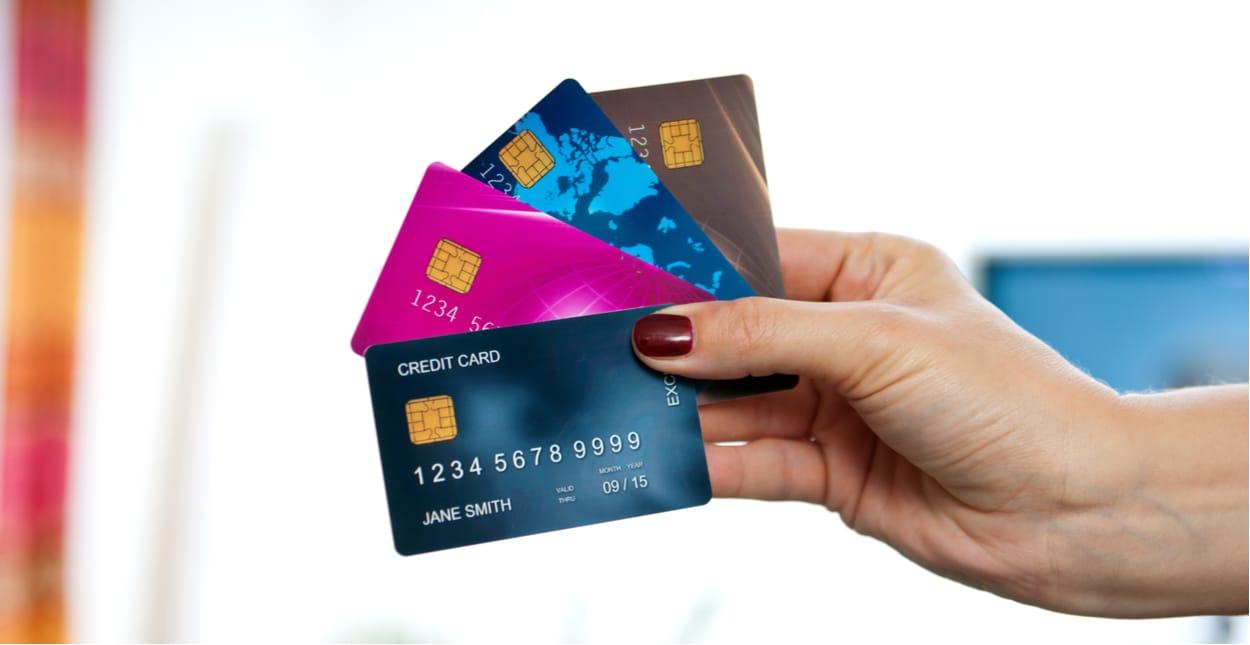Prepaid cards have transformed the way we manage our finances. These versatile, reloadable cards offer a host of benefits, including accessibility for those without traditional bank accounts and an efficient tool for budgeting and controlling spending. In this article, we'll delve into the art of managing prepaid cards, from initial setup to advanced tips for maintaining financial control.
Setting Up Your Prepaid Card
The first step in effective prepaid card management is setting up your card. Here's how to do it:
-
Choose the Right Card: Not all prepaid cards are created equal. Some may come with high fees, while others offer attractive benefits like cashback or rewards. Do your research and select a card that aligns with your financial goals and needs.
-
Load Funds Wisely: Loading funds onto your prepaid card is a crucial decision. Consider your budget and financial goals when deciding how much to load. Avoid overloading the card, as unused funds may be subject to fees or risk loss in case of theft MYPREPAIDCENTER ACTIVATION.
-
Register Your Card: Many issuers offer the option to register your card online. This provides added security in case your card is lost or stolen, and it often unlocks features like transaction history tracking.
Budgeting and Expense Tracking
One of the primary advantages of prepaid cards is their ability to help you stick to a budget. Here's how to use this feature to your advantage:
-
Create a Budget: Establish a monthly budget that outlines your essential expenses, such as groceries, utilities, and transportation, as well as discretionary spending like dining out or entertainment. Your budget will help you determine how much to load onto your prepaid card.
-
Monitor Your Transactions: Most prepaid card issuers provide online or mobile platforms where you can track your transactions. Regularly review your spending to ensure you're staying within your budget. This oversight is a powerful tool for financial control.
-
Adjust Your Budget: Life is dynamic, and your budget should be too. Regularly reassess your financial goals and adjust your budget accordingly. For instance, if you're saving for a vacation, you might allocate more funds to your prepaid card during the saving period.
Advanced Prepaid Card Management
Once you've mastered the basics, consider these advanced strategies for even more effective prepaid card management:
-
Bill Payments: Some prepaid cards allow you to set up automatic bill payments, helping you avoid late fees and maintain excellent credit.
-
Savings Goals: Use your prepaid card to set aside money for specific financial goals, like an emergency fund or a down payment on a home. Create a separate sub-account or "wallet" for these savings.
-
Reload Strategies: Determine the optimal frequency for reloading your card based on your spending patterns. Some individuals may reload weekly, while others may prefer monthly.
-
Security Measures: Protect your prepaid card like you would any other financial instrument. Memorize your PIN, report lost or stolen cards immediately, and only use trusted online platforms for transactions.
Conclusion
Prepaid cards have revolutionized the way we manage our finances. With careful setup, budgeting, and regular expense tracking, you can make the most of these versatile tools to maintain financial control. Whether you're using a prepaid card as your primary payment method or as a supplementary budgeting tool, following the steps outlined in this article will help you make wise financial decisions and achieve your monetary goals. Prepaid cards are not just about convenience; they're about financial empowerment and control.
